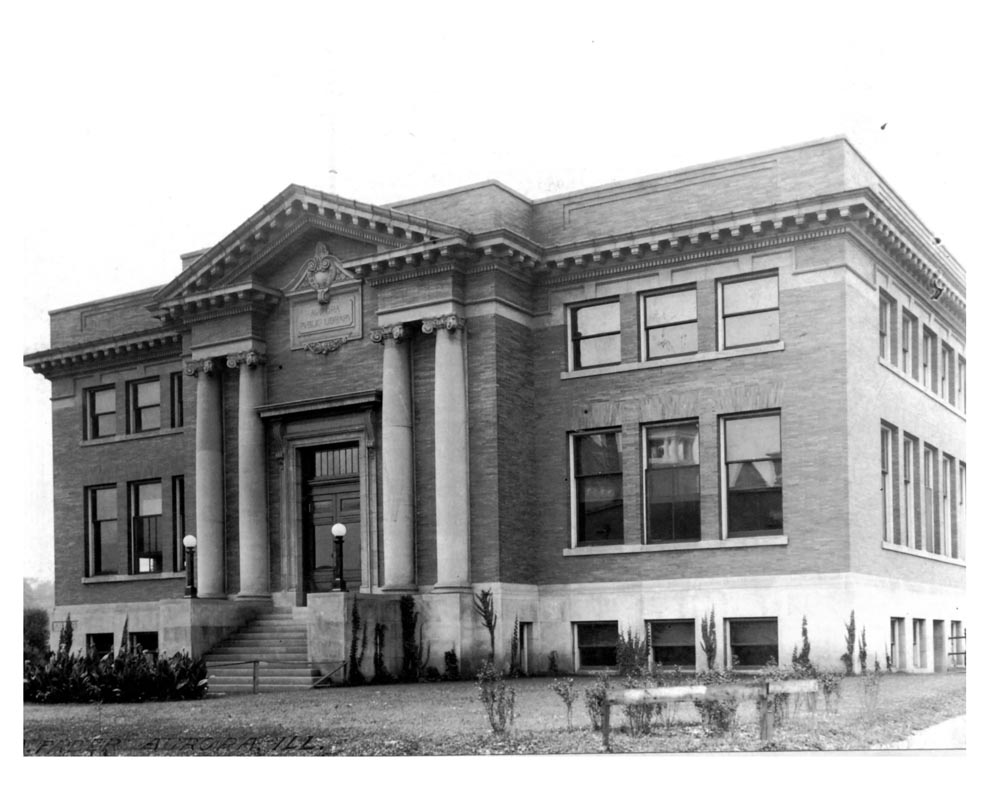By Cailín Cullen
National Library Week is April 19-25, and it is one for the history books. Many libraries, including the Aurora Public Library (APL), have closed their physical locations to help stop the spread of COVID-19.The closures have pushed libraries to re-imagine how they engage with their communities and have led to many creative ways of continuing to serve the public during this crisis.
Our Library’s response to the pandemic and the way it affects our community will, in time, become part of our storied history. In honor of National Library Week, we’re looking back at that history in a virtual program. It provides an overview of the Library’s history and showcases many historic photographs from the APL Local History Collection. Anyone can view the History of the Aurora Public Library program by visiting www.aurorapubliclibrary.org/at-home.

The Aurora Public Library was founded in 1881, which will make next year its 140th birthday. The nascent Library was started in the newly-constructed Grand Army of the Republic Memorial Hall. Just a couple of decades later, the president of the Library Board, Dr. W. A. Colledge, wrote to Andrew Carnegie to ask for funds to build a new library building. Carnegie donated $50,000 with the stipulation that the city continue its annual $5,000 Library tax, and supply a site. The Carnegie Library building opened for use August 22, 1904 at 1 E. Benton Street at the south dead-end of Stolp Avenue, the east-west division of Aurora.
The building that still stands at that address, however, looks different from the original Carnegie structure. In 1969, the Library building underwent a major renovation, to give it the modern look it has today. The expansion project tripled the size of the main library by adding two three-story wings.
The Library has grown by adding several other locations. Bookmobile service began in 1953 and the Eola Road Branch and the West Branch were opened in 1993 and 1998, respectively. June 14, 2015, the Richard and Gina Santori Public Library of Aurora opened to the public in its new downtown location on River Street, just west of the site opened in 1904.
Looking back at the history of APL, it is clear that the Library has continued to grow and evolve, forever adapting to the current moment. Just as we remember that the Aurora Public Library collected thousands of books for the armed forces during World War II, we will recall how the Library donated its 3D printers to create face shields for health-care workers during this year’s COVID-19 pandemic.
Libraries are forward-thinking institutions, but remembering our collective past can be a source of strength. It’s a reminder of our resilience in the face of monumental change and our persistence in rising to new challenges.

